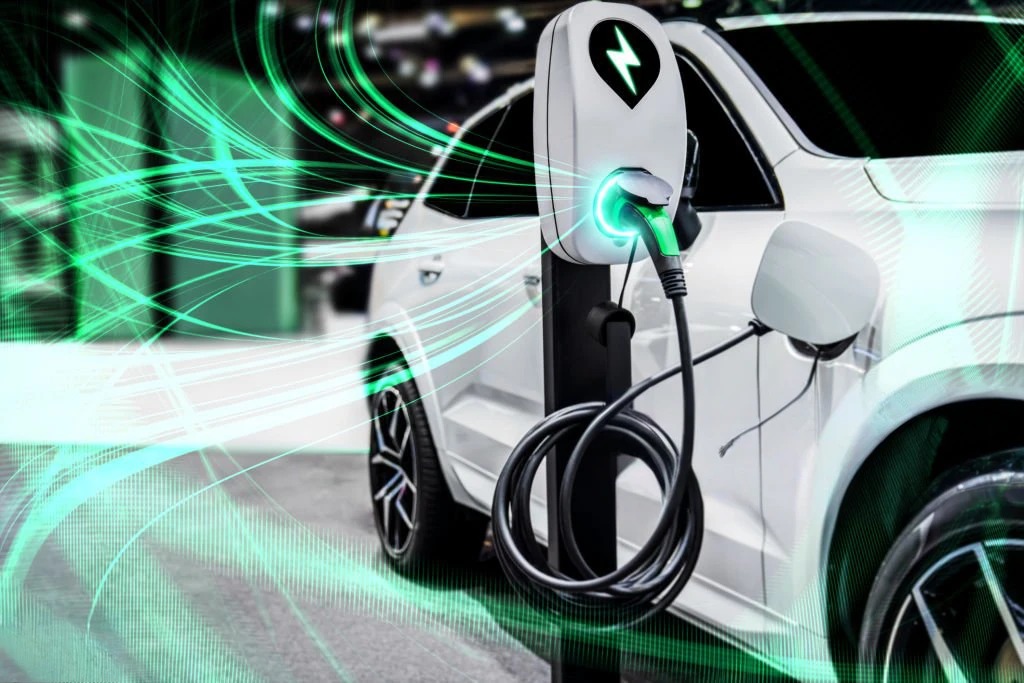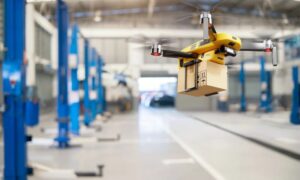Electric vehicles (EVs) are already reshaping the automotive industry and will become even more common by 2025. Growing concerns about climate change drive the demand for sustainable transportation solutions worldwide. Meanwhile, advances in battery technology continue to improve EV range, charging speed, and affordability. As a result, the future of electric vehicles looks incredibly promising for consumers and the environment alike.
In this article, we’ll explore the major technological innovations in electric vehicles that will define 2025 and beyond. From improved range and faster charging to new design features and autonomous driving, here’s a closer look at what’s on the horizon for the world of electric vehicles.
Next-Generation Battery Technology: Longer Range, Faster Charging
One of the biggest challenges for electric vehicles has always been battery technology. While EVs have made tremendous strides in range and charging speed, there’s still room for improvement. In 2025, advancements in solid-state batteries and fast-charging technologies will take EVs to new heights.
Key Features:
Solid-State Batteries: These batteries promise higher energy densities, meaning longer driving ranges on a single charge. With no liquid electrolyte, solid-state batteries are also safer, less prone to overheating, and more environmentally friendly.
Ultra-Fast Charging: Charging times for electric vehicles will drop dramatically in 2025. Expect to see batteries capable of charging to 80% in under 15 minutes, making EVs just as convenient for long-distance travel as traditional vehicles.
Battery Recycling: Advances in battery recycling will allow for more sustainable battery production, reducing the environmental impact of manufacturing and disposing of EV batteries.
Why It’s Exciting:
The future of EVs will include more accessible, practical, and eco-friendly charging options. With improved range and shorter charging times, electric vehicles will become a more viable option for everyone, even for long road trips and daily commutes.
Autonomous EVs: The Future of Self-Driving Cars
By 2025, self-driving cars will no longer be a distant dream. Many leading automakers are testing autonomous vehicles, with AI and machine learning making full autonomy possible within years.
Key Features:
Level 4 Autonomy: Fully autonomous vehicles will be able to drive themselves without human intervention under most conditions. Passengers will be able to relax, work, or even sleep while the car handles all aspects of driving.
AI and Sensor Fusion: Autonomous EVs will be equipped with advanced sensors, radar, and cameras that provide 360-degree vision and enhanced safety. These vehicles will use AI to predict and react to potential hazards, adapting in real-time to changing road conditions.
Seamless Integration with Infrastructure: Autonomous EVs will be connected to smart infrastructure such as traffic lights, parking systems, and other vehicles. This will lead to smoother traffic flow, optimized routes, and reduced congestion.
Why It’s Exciting:
Autonomous electric vehicles will transform travel by reducing accidents, improving road safety, and creating more efficient, eco-friendly transportation systems worldwide.
EV Charging Infrastructure: The Rise of Ultra-Fast Charging Stations
In 2025, charging an electric vehicle will be as easy and fast as filling up a gas tank. As EV adoption increases, the charging infrastructure will need to grow to meet demand. By 2025, we will see the rise of ultra-fast charging stations and wireless charging technologies that make EV ownership more convenient than ever.
Key Features:
Ultra-Fast Charging Networks: Major companies are investing in networks of ultra-fast charging stations that can charge an EV to 80% in just 10–15 minutes. These stations will be conveniently located along highways, at rest stops, and in urban areas.
Wireless Charging: In the next few years, we can expect to see wireless charging pads installed in public spaces and private homes. Simply parking over the charging pad will charge the vehicle without the need for plugging in cables.
Smart Charging: Charging stations will be integrated with AI to optimize charging times based on demand, location, and grid capacity. This will help reduce wait times and ensure more reliable access to charging stations.
Why It’s Exciting:
The expansion of EV charging infrastructure will eliminate one of the most significant barriers to widespread EV adoption—charging times. With the convenience of fast charging and wireless options, EVs will become even more practical for everyday use.
Sustainable EV Manufacturing: Green Cars for a Greener World
As sustainability becomes a central focus, automakers are striving to reduce the environmental impact of manufacturing electric vehicles. In 2025, we can expect to see more EVs produced using sustainable materials and green manufacturing processes, contributing to a more eco-friendly transportation industry.
Key Features:
Recyclable and Sustainable Materials: Expect to see an increased use of recycled and sustainable materials in the construction of EVs. For example, manufacturers may use biodegradable composites, recycled aluminum, and plant-based plastics to reduce the carbon footprint of car production.
Green Manufacturing Processes: In 2025, automakers will adopt more energy-efficient manufacturing techniques, powered by renewable energy sources such as solar and wind. This will significantly reduce the environmental impact of car factories.
Second-Life Battery Programs: Automakers will repurpose old EV batteries for use in energy storage systems, allowing them to serve a second life in powering homes, businesses, and even entire grids.
Why It’s Exciting:
Sustainable EV manufacturing practices will help reduce the carbon footprint of the automotive industry. By 2025, electric vehicles will not only be greener on the road but also more eco-friendly to produce.
EVs for Every Consumer: Affordable and Accessible Electric Vehicles
While luxury EVs like the Tesla Model S and Lucid Air have garnered attention, the future of electric vehicles in 2025 will focus on affordable and accessible models for everyday consumers. Automakers will offer a wide variety of electric vehicles at different price points, catering to families, young professionals, and eco-conscious buyers alike.
Key Features:
Affordable EVs for All: With advances in battery technology and mass production, the price of electric vehicles will continue to fall. Expect to see budget-friendly EVs starting around $20,000–$25,000, making them accessible to more consumers.
Diverse EV Offerings: From compact city cars to larger SUVs and trucks, consumers will have a wider range of electric vehicles to choose from, meeting different needs for performance, cargo space, and style.
Government Incentives: Governments around the world will continue to offer subsidies and incentives to encourage EV adoption, making it more financially feasible for consumers to make the switch to electric.
Why It’s Exciting:
Affordable electric vehicles will be key to accelerating EV adoption globally. As more people can access eco-friendly and fuel-efficient vehicles, the shift towards electric mobility will become inevitable.
Final Thoughts: A Bright Future for Electric Vehicles
The future of electric vehicles in 2025 is incredibly exciting. With breakthroughs in battery technology, autonomous driving, ultra-fast charging, and sustainable manufacturing, EVs are poised to become the dominant form of transportation. Whether it’s a fully autonomous electric car or an affordable city vehicle, the future of EVs is one where sustainability, convenience, and innovation take center stage.
As technology continues to evolve, we can look forward to a world where electric vehicles are not only more practical and accessible but also a cornerstone of a greener and more sustainable future.





















